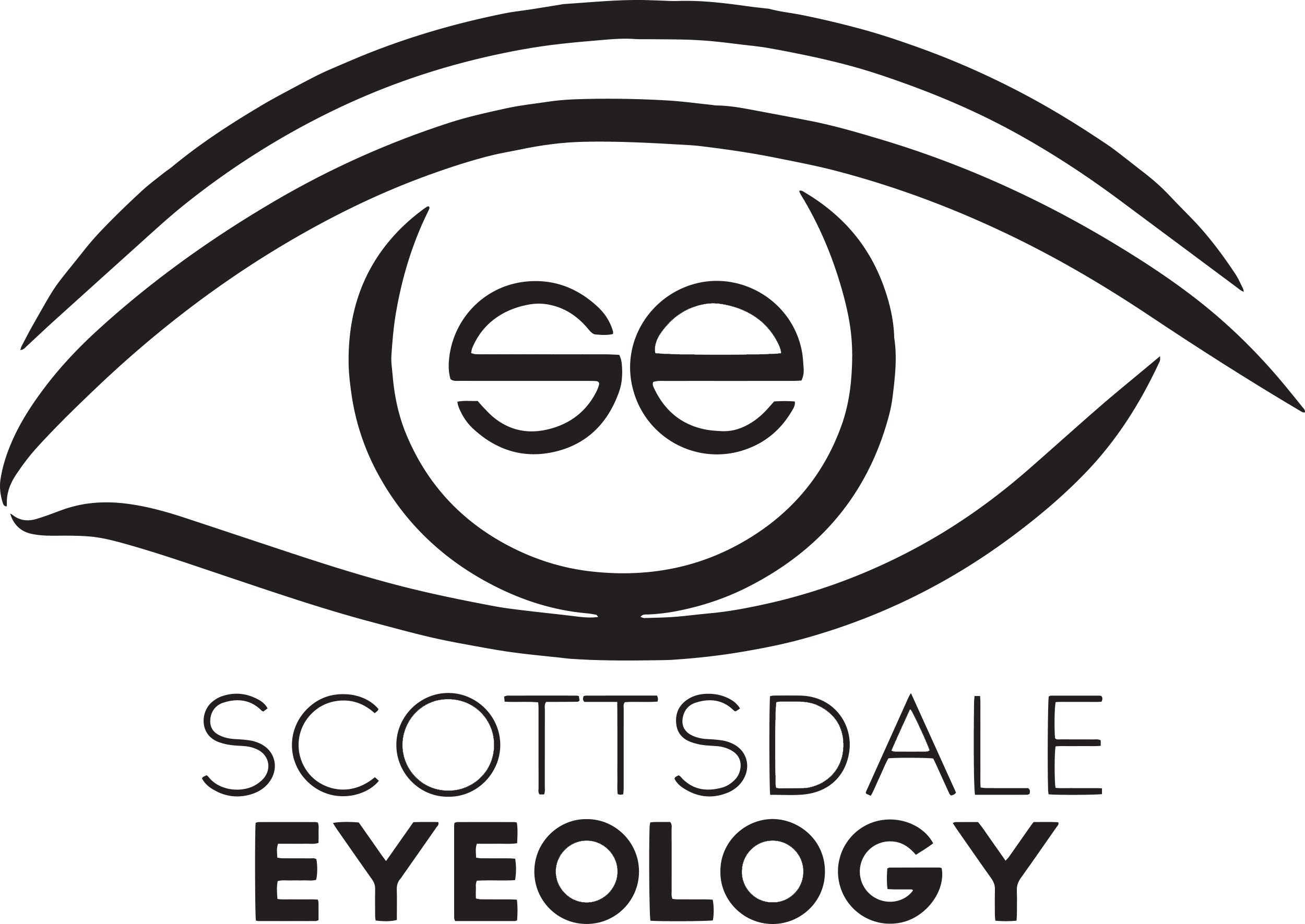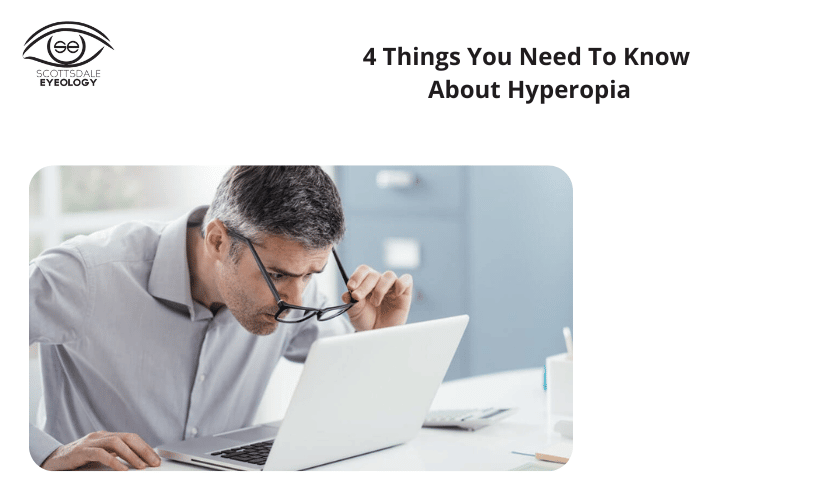Hyperopia, often known as farsightedness, is a vision impairment in which close items appear blurry but far objects appear clear. According to the National Institutes of Health, most infants are born farsighted, but by the age of one, less than 4% of children exhibit hyperopia, which fades as maturity proceeds. Adults in their forties and fifties are more likely to develop presbyopia, making close-up vision more challenging. Farsightedness is a term used to characterize this disease; however, it is not the same as hyperopia.
What Are The Common Signs Of Hyperopia?
If you’re holding your reading material farther and farther away from your eyes to see it more clearly, squinting or straining to see, it could be a sign of farsightedness.
You may be putting extra effort into maintaining the ideal distance between your eyes and the object you’re trying to perceive without even realizing it. This can lead to the following issues:
– Burning eyes
– Eyestrain
– Usual discomfort in the eye
– Headaches
Mild farsightedness may not show any signs, so it’s so vital to get your eyes checked regularly.
Know The Risk Factors & Causes Of Hyperopia
– The eyes of a person with normal vision focus light directly on the retina (which is a screen at the back of your eye).
– Farsightedness is usually caused by an eyeball that is too short or a cornea (the transparent layer at the front of the eye) that isn’t curved enough. Because of these two difficulties, light cannot focus directly on the retina. Instead of focusing on the retina, light focuses behind it, making close-up things appear blurry.
– Most people with hyperopia are born with it, though it may not be noticeable or cause visual problems until later in life.
– While there is no definite pattern of direct inheritance for farsightedness, having a first-degree relative with the illness (such as siblings or parents) increases your risk.
How To Diagnose Farsightedness Or Hyperopia?
– Hyperopia can be easily detected by an optometrist during a comprehensive eye exam.
– Standard vision exams, such as those used in schools, may not be able to detect the issue. These tests are typically used to assess distance vision rather than your ability to see items up close.
– An eye doctor will use a retinoscope during a complete exam to evaluate how light reflects off your retina, suggesting hyperopia or myopia (nearsightedness). A phoropter is another device that determines the strength of prescription lenses by measuring the amount of refractive error you have.
– Even if you don’t have any signs of farsightedness, getting an eye checkup around the age of 40 is a brilliant idea.
– If you have no risk factors for eye illness, the American Academy of Ophthalmology (AAO) suggests receiving an eye exam at the following intervals:
. Every two to four years between the ages of 40 and 54
. Between the ages of 55 and 64, every one to three years
. Starting at the age of 65, every one to two years
If you have diabetes or are at high risk for certain eye illnesses, such as glaucoma, you should have your eyes tested every one to two years, starting at the age of 40.
The American Academy of Ophthalmology recommends that children have their eyes checked when they are born and again between the ages of 6 and 12. Vision and eye alignment should be assessed between the ages of 3 and 5, and visual acuity should be tested as soon as a kid can read an eye chart. At the age of five, a visual acuity and alignment screening should be done. A complete eye exam may be required if a youngster fails a vision screening test.
How To Prevent Hyperopia Or Farsightedness?
According to the Mayo Clinic, there is no method to prevent farsightedness. However, certain habits and practices can help safeguard your eyes and vision.
Regular eye exams and sun protection are two essential precautions to take. You can lessen eye strain by glancing away from a close-up task (such as reading or computer work) for 20 seconds every 20 minutes and staring at something 20 feet distant.
Final Words
Visit Scottsdale Eyeology if you are looking for top-quality hyperopia treatment in Scottsdale, AZ, and nearby. We are here to help you in the best possible way.


